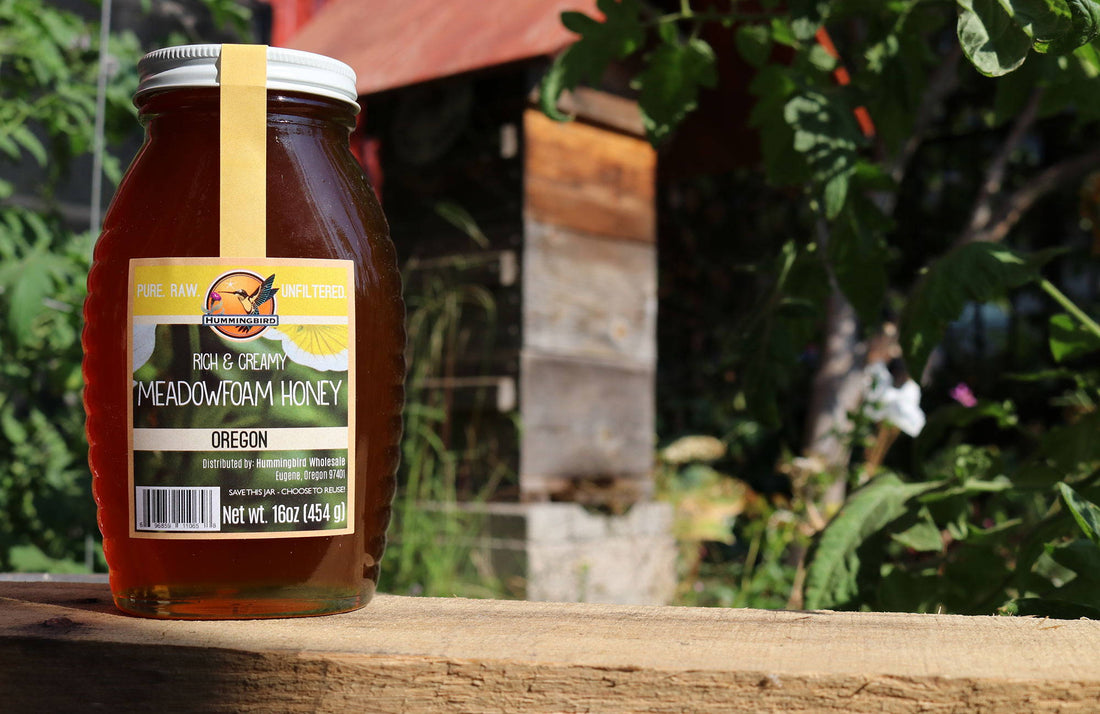Does your honey ever crystallize? I'll bet your answer is yes, but do you know why?
The easy answer is honey crystallization is natural and a character or attribute of pure raw honey. Honey is a super-concentrated sugar solution. It is made up of more than 70% sugars and roughly 17-19% water. Water would not naturally hold this much sugar and this is the crux of why pure honey is unstable, always on a path to crystallization. The sugars in honey are fructose (fruit sugar) and glucose (also referred to as dextrose or grape sugar). The ratio of these two sugar types has some fluctuations based on what the bees are gathering, but generally is about 1 to 1.3 fructose to glucose. The balance of these sugar types is what leads to crystallization, and the relative levels of each affects the speed of its crystallization. The glucose, due to its lower solubility, is what crystallizes. Fructose is more soluble in water and will remain fluid. As glucose crystallizes, it separates from water and forms tiny crystals. As the crystallization progresses and more glucose crystallizes, those crystals spread throughout the honey. The solution changes to a more stable saturated form, and in time the honey becomes thick or crystallized.
The crystallization is fully natural, but sometimes misunderstood. Some have thought that it is spoiled or going bad, but that is simply not true. Crystallized honey retains all of its taste and health quality—same as the liquid honey. Many even appreciate the thicker crystallized honey for its ease in spreading, without dripping, and feel the taste is richer.
Different varietal honeys will crystallize in different ways due to the varying ratios of fructose to glucose. The size of the crystals are also varying based on the sugars balance. The more rapid a honey crystallizes the finer the crystals will be. There are other things that impact crystallization. The presence of catalysts such as seed crystals, pollen grains, propolis, and beeswax serve as places for the crystallization to start. Commercial honey if often heated to eliminate any crystallization and filtered to remove these particles, resulting in honey that crystallizes slower.
The storage temperature also has a big impact. Cooler temps from 50°- 60°F is where crystallization is fastest. Colder than that the process slows down again. Honey resists crystallization best at around 77°F and at 104°F the crystals dissolve. Temperatures above 104°F begins to damage the quality of honey.
Of our honey varieties, Blackberry, Buckwheat, Orange Blossom, and Hawthorn, tend to crystallize more slowly and on the other end our Clover, Lehua, Sunflower and Star Thistle crystallize more quickly. For a more in depth analysis, take a look at the article Crystallization of Honey from Khalil Hamdan, of the Netherlands.

